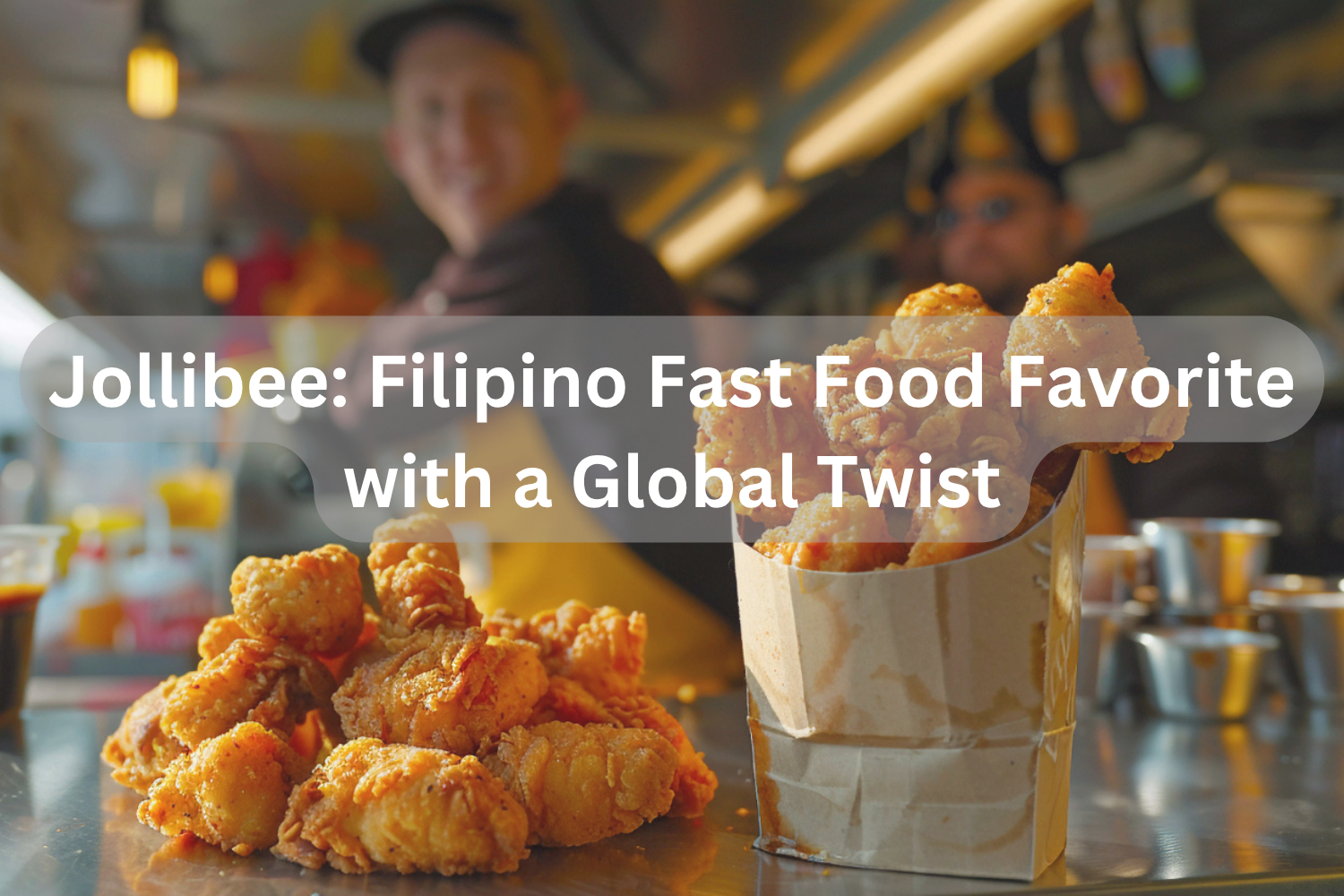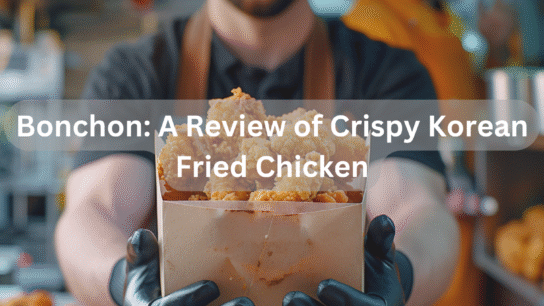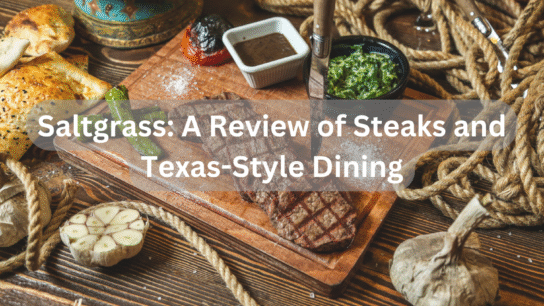The Origins of Jollibee
Tony Tan Caktiong a Filipino entrepreneur founded Jollibee in 1975. It began as an ice cream parlor in Quezon City, but when customers began asking for hot meals, Tan launched into fast food. Just 10 years later, Jollibee embraced the necessity of fast food but for the tastes of Filipinos by putting together a mixture of Western fast food like burgers and fries with Filipino itself like rice and spaghetti. This was not only a game changer but would also put the rest of the world on the mall.
Jollibee’s Unique Menu
Its unique menu — that mixes the traditional flavours of the Philippines with the usual Western fast food staples — is one of Jollibee’s major strengths. The brand’s menu carries the usual fast food items like burgers, fries and fried chicken, but it also has its Filipino influenced menu that became known to an extent. In fact, the Jolly Spaghetti is a sweet style spaghetti dish that is a Filipino favorite, that is, far from how traditional Italian pasta is made. Chickenjoy, Jollibee’s signature crispy fried chicken with a juicy, flavorful interior, is another signature item.
What it doesn’t bring is just the food; it offers the experience. Having restaurants scattered across the globe, Jollibee gives people a comforting, homelike feeling which appeals to Filipinos who have gone abroad and miss the tastes of home.
The Filipino Touch in Fast Food
It is with a Filipino touch that Jollibee infuses its menu and service, adding the Filipino touch that really sets it apart. Food is important in Filipino culture, and food is important in the way that Jollibee serves their meals. The very fabric of Filipino hospitality: The friendly staff, the welcoming atmosphere, the focusing on sharing meals, all present at this chain. There are also a lot of the dishes incorporate some ingredients which are present in every Filipino cuisine like adobo flavored chicken or longganisa (Filipino sausage). Jollibee’s culture adds to the fast food industry what keeps it different from the rest of the restaurants.
Jollibee’s Global Expansion
It has been nothing short of a marvel to see just how far Jollibee has come from its humble beginnings as an ice cream shop on the streets of Manila. Jollibee started with its first store in 1978 and it spread to the Philippines very soon. By the 1980s, the company started looking outside its home country. International locations opened in Saudi Arabia (1995), the USA, Canada and other countries in 1995.
Jollibee today has over 1,500 stores located in 34 countries and as investors anticipate continued expansion. Jollibee has successfully scored in the United States by catering to the Filipino American community, eager to feel homesick.
Jollibee’s Marketing Magic
Jollibee’s success lies in the successfulness of its marketing strategy. It is the brand that knows who their audience is and they are able to relate with them on an emotional level. It campaigns about family, friendship, nostalgia. In one of the most memorable ads, the brand reunited a mother and daughter in a Jollibee store and focused on an emotional connection that so many Filipinos have with the brand.
Once Jollibee resorts to this approach, it has earned it a loyal customer base as it makes Jollibee more than a fast food restaurant, rather it feels like a place where they gather. This has helped Jollibee thrive because it knows how to enter into the hearts (and stomachs) of its customers, most especially those who have migrated away from the land of their (Filipino) mothers (and fathers).
Jollibee in the US: A Cultural Bridge
But Jollibee’s entry into the U.S. market has been particularly impressive, given that the company reached a number of quarters where it has seen phenomenal growth, especially in markets with large Filipino American populations. The first U.S. store opened in Daly City, California, in 1998. Jollibee has become a popular name over the years with its presence across 4 areas in the U.S, New York, Las Vegas and Los Angeles to be exact with over 40 locations!
Jollibee is more than a fast food, it’s a Filipino American taste of home. That chain is what has become a cultural bridge, allowing them to feel connected to their roots and eat a familiar, comfortable meal. But now more and more Americans are discovering the joys of Chickenjoy and Jolly Spaghetti of Jollibee, and the wall that separates that community isn’t as thick as it once was.
Why People Love Jollibee: More Than Just Food
It isn’t just about the food, of course: it’s an experience at Jollibee. Eating at Jollibee is comforting, homey, and of nostalgia — even when I wasn’t in the Philippines, from across the globe. Jollibee is a connection for many expats to their homeland, a taste of their childhood and something of the family gatherings.
The emotional bond with its customers has deepened through the brand’s commitment to quality, customer service, and cultural relevance. It’s a place for people who come not only to eat, but to feel home.
Jollibee’s Competitors and Challenges
Jollibee has succeeded in carving out its own niche, but it is fighting a tough battle against global fast food giants McDonald’s, Burger King and KFC. But what has allowed Jollibee to stand out is differentiated menu offerings and tapping its Filipino roots. It’s a fast food chain that doesn’t just make Western brands, it really has its own things that are unique.
There are still challenges they face, but because the company is expanding into all these new markets, there’s still a long way for them to go. But Jollibee’s focus on preserving the spirit of its brand, even in different markets, has sheltered the corporation of the aforementioned challenges.
Adapting to Local Tastes
Jollibee’s success all over the globe is because it knows how to adapt to local tastes. Part of the reason the brand has been successful is because of its ability to adjust its menu to match regional preferences. For example, in the Middle East, Jollibee has developed a Halal certification menu just for the region’s local Muslim population. Jollibee also sells rice dishes and teriyaki burgers in Japan to appeal to local tastes.
The level of this customer customization can custom appeal to a broad array of customers and retain its Filipino identity.
Jollibee’s Digital Transformation
Jollibee has adopted digital transformation in the era of technology with the goal of improving customer experience. The brand has also begun to order online, provide delivery services and a mobile app so its customers can enjoy their favorite meals. That’s why Jollibee keeps its technologies sharp, remaining forward and competitive with the fast food industry, especially with youth who enjoy convenience and convenience.
Jollibee’s Commitment to Sustainability
In fact, Jollibee is also committed to sustainability. The company has also succeeded in becoming more environmentally friendly, employing energy efficient practices on its restaurants and more plastic waste. Like other large commercial food labs, Jollibee has also taken precautions to source ingredients for the production of its food products from places that are also ethically and environmentally responsible.
The Future of Jollibee
Things look great for Jollibee; it plans to expand and innovate. The company is looking to grow the business outside current markets, improve digital offerings, and continue to excel in food innovations and in the fast food market. A glance at its success shows that Jollibee has been able to adapt while remaining true to its latest roots, and this is precisely why the company is still able to successfully navigate through increasingly competitive markets around the globe.
The Legacy of Jollibee
Filipinos in the diaspora definitely have been affected by Jollibee. The brand has also translated into a symbol of pride; the country’s rich culture and traditions. Fast food is not just a meal, it can be a cultural experience, a time when strangers sitting across from each other come together, as long as one of those strangers speaks English.
Conclusion
For the obvious one, it’s not just a fast food chain. This is a cultural icon no one had appreciate until today. Its rise from a humble fast food shop on Dagupan streets and has become a true phenomenon in the fast food industry with its warm customer service, its Filipino flavors and its global expansion. Jollibee is everywhere whether you’re in the Philippines, the United States, or any place in the middle—wherever you are, Jollibee is still there to give a taste home, community, and belonging.
Frequently Asked Questions
Q: What makes Jollibee different from other fast food chains?
A: Jollibee combines Western fast food with Filipino flavors, offering unique dishes like Jolly Spaghetti and Chickenjoy, which sets it apart from global chains.
Q: How did Jollibee expand internationally?
A: Jollibee’s expansion began in the 1990s, with its first international store in Saudi Arabia. It has since spread to over 30 countries, focusing on areas with large Filipino communities.
Q: Is Jollibee’s food suitable for people with dietary restrictions?
A: Jollibee offers Halal-certified menus in some regions and is working towards more inclusive offerings for various dietary needs.
Q: Can I order Jollibee online?
A: Yes! Jollibee offers online ordering and delivery through its website and mobile app.
Q: Why is Jollibee so popular among Filipinos?
A: For many Filipinos, Jollibee represents a connection to home and family, offering comforting meals that remind them of their cultural heritage.





